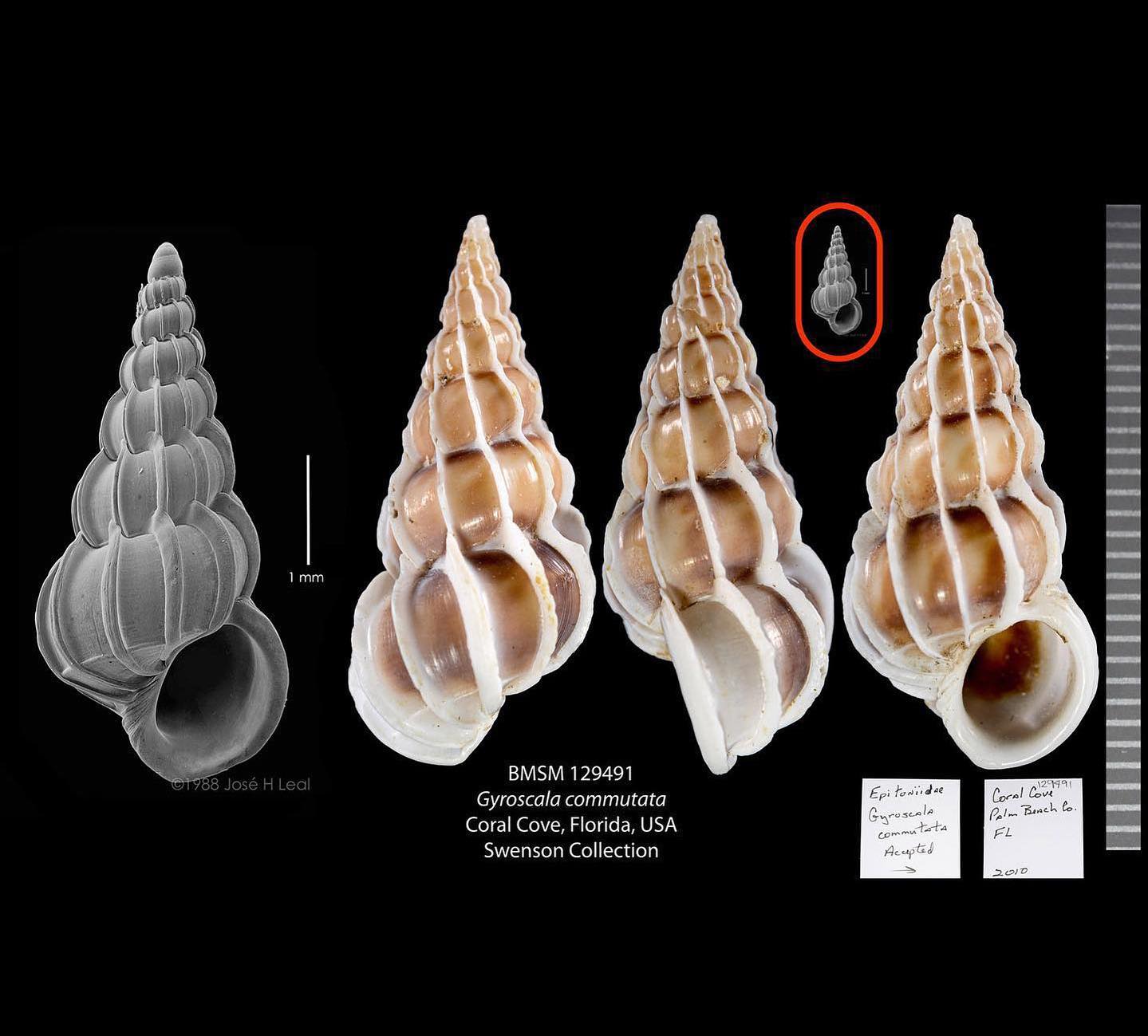Summary:
1. Introduction to the Gyroscala commutata
2. The unique characteristics of the Lamellose Wentletrap shell
3. Habitat and distribution of the Gyroscala commutata
4. Reproduction and life cycle of the Lamellose Wentletrap
5. Conservation status and efforts to protect this species
Have you ever encountered a shell that awed you with its exquisite beauty and intricate design? Well, get ready to embark on a journey into the enchanting world of the Lamellose Wentletrap, scientifically known as Gyroscala commutata. This tiny mollusk found off the coast of Trindade Island in Brazil, is a testament to the wonders of nature. Let’s dive in and explore the fascinating aspects of this elegant creature.
1. Introduction to the Gyroscala commutata:
The Lamellose Wentletrap, popularly known as the Gyroscala commutata, belongs to the family Epitoniidae, commonly called wentletraps. These beautiful shells are treasured by collectors and are favored for their delicate spiral shape and striking colors. “wentletrap” originates from the Dutch word “wentletrap,” meaning spiral staircase, which perfectly describes the shell’s unique structure.
2. The unique characteristics of the Lamellose Wentletrap shell:
One can’t help but be captivated by the Lamellose Wentletrap shell’s hypnotic spiral pattern and delicate luminescence. Measuring a mere 27 mm (a little over one inch), the adult shell reveals its intricate details upon closer examination. This species stands out because of its lamellae, which are small ridges or plates that adorn its surface. These lamellae create a stunning texture, giving the shell a distinctive and regal appearance.
3. Habitat and distribution of the Gyroscala commutata:
The natural habitat of the Lamellose Wentletrap primarily lies in the warm waters surrounding Trindade Island, Brazil. This remote island, located about 1,100 kilometers (680 miles) off the coast of Brazil, offers the perfect environment for the growth and survival of these exquisite creatures. However, they are not limited to this location alone. Gyroscala commutata can also be found in other regions of the Atlantic Ocean, making it a species with a relatively broad distribution.
4. Reproduction and life cycle of the Lamellose Wentletrap:
The life of the Lamellose Wentletrap is a remarkable tale of survival and adaptation. As with many mollusks, this species undergoes a complex life cycle. It begins with the release of eggs into the water, which then hatch into larvae. These tiny larvae, equipped with a larval shell or protoconch, embark on a perilous journey, navigating ocean currents until they find suitable surfaces to settle on. Once settled, the shells grow, shedding their larval shells and gradually forming into adult shells.
5. Conservation status and efforts to protect this species:
Like many other marine species, it faces various threats despite the beauty and allure of the Lamellose Wentletrap. Overfishing, habitat destruction, and pollution pose significant challenges to the survival of this delicate species. However, there is hope. Efforts are being made to raise awareness about the importance of conservation and protecting these enchanting creatures. Organizations, marine biologists, and dedicated individuals work tirelessly to study and preserve the populations of Gyroscala commutata, ensuring their existence for generations to come.
So, the next time you find yourself strolling along the beach and come across a shell, take a moment to appreciate the hidden wonders it holds. The Lamellose Wentletrap, with its mysterious spiral pattern and delicate ridges, is a testament to the intricacies of nature’s design. Let it serve as a reminder of the beauty beneath the surface, waiting to be discovered and cherished.
*****
Source Description
The elegant Lamellose Wentletrap, Gyroscala commutata: From left, a young shell dredged off Trindade Island, Brazil, photographed under a scanning electron microscope. That small shell measures about 5 mm (0.2 inches); its little tip is the protoconch, or what is left behind of the larval shell. For comparison, three views (in color) of an adult shell measuring 27 mm, a little more than one inch. The little inset (top right) shows the young shell at the same scale as the scale for the three views of the adult shell—photos by José H. Leal and James F. Kelly. And remember: one mm = 0.04 inch.


